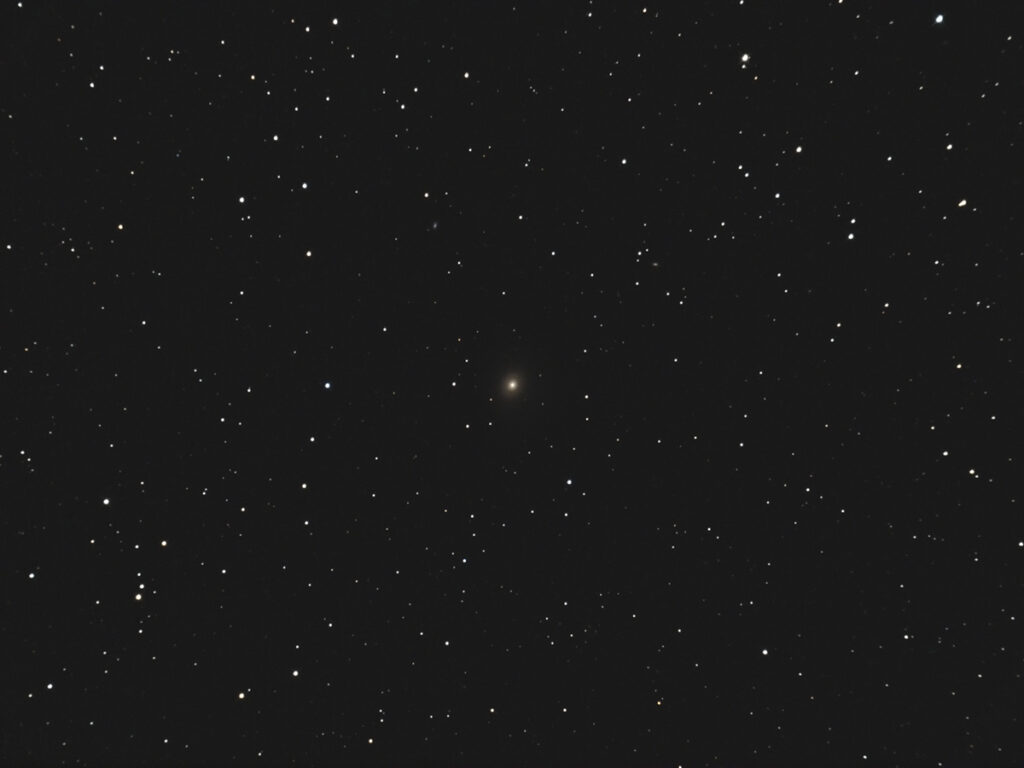
Telescope: Astro-Tech 8” f/8 Ritchey-Chretien, Orion Atlas EQ-G
Camera: QHY 367c Pro, -20C, Baader Mk III MPCC, GSO IR Blocking Filter
Guide scope: Astro-Tech 60mm, ZWO ASI120MM mini, PHD2
Exposure: 36x300sec, gain 2800, offset 50, saved as FITS, dithered every 2 images
Darks: 32, -20C, gain 2800, offset 50, saved as FITS
Flats: 64×0.3sec, Tee shirt flats taken at dusk
Average Light Pollution: Red zone, Bortle 8, fair transparency
Lensed Sky Quality Meter: 18.6
Stacking: Average, 1 sigma clip
White Balance: Nebulosity Automatic
Software: SharpCap Pro, Deep Sky Stacker, Nebulosity, Photoshop
NGC 2775 is a small, tightly wound spiral galaxy with a bright central core surrounded by a gossamer outer veil. A complex spiral pattern emerges in the outer veil in high resolution images, but here it appears only as a soft golden glow with just a hint of spiral structure. Visually, the core appears as a soft, out of focus star similar to a small planetary nebula.
NGC 2775 is currently well placed in the eastern sky during the early evening. (Photo credit: John Graham, 2-12-2023)
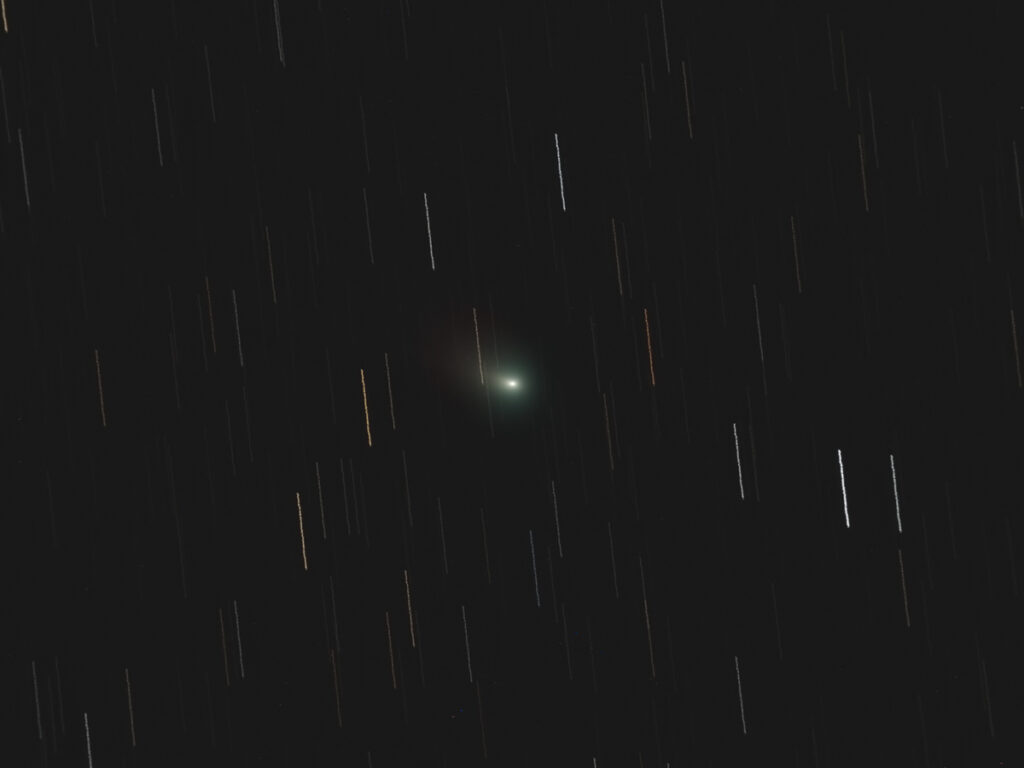
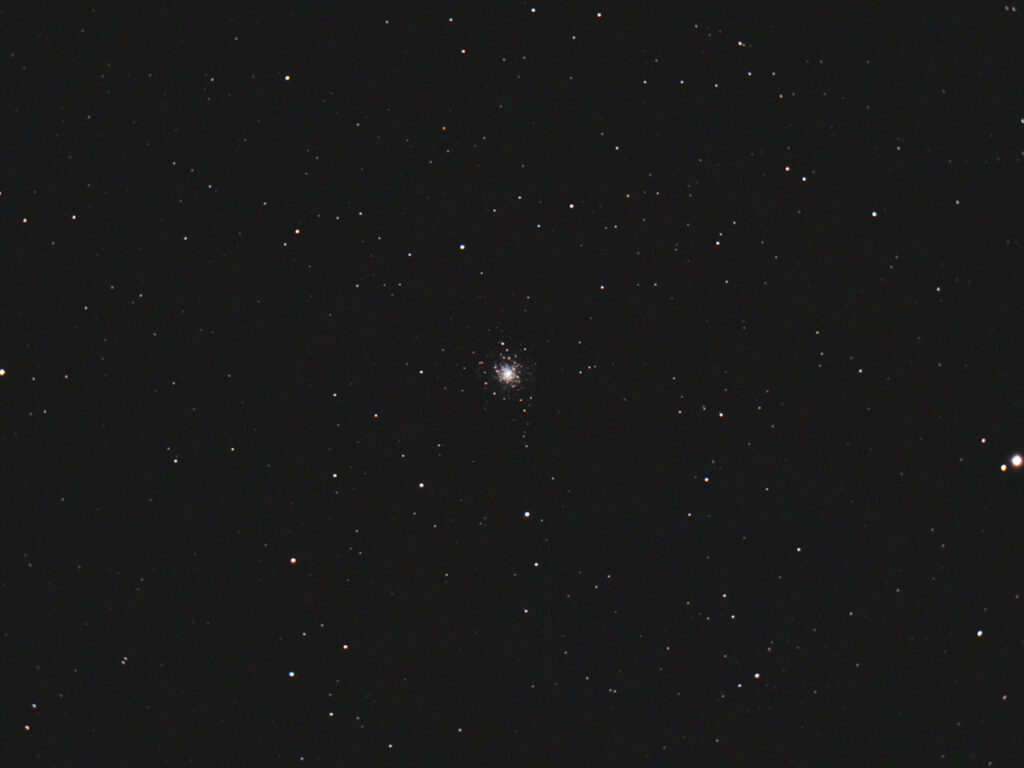
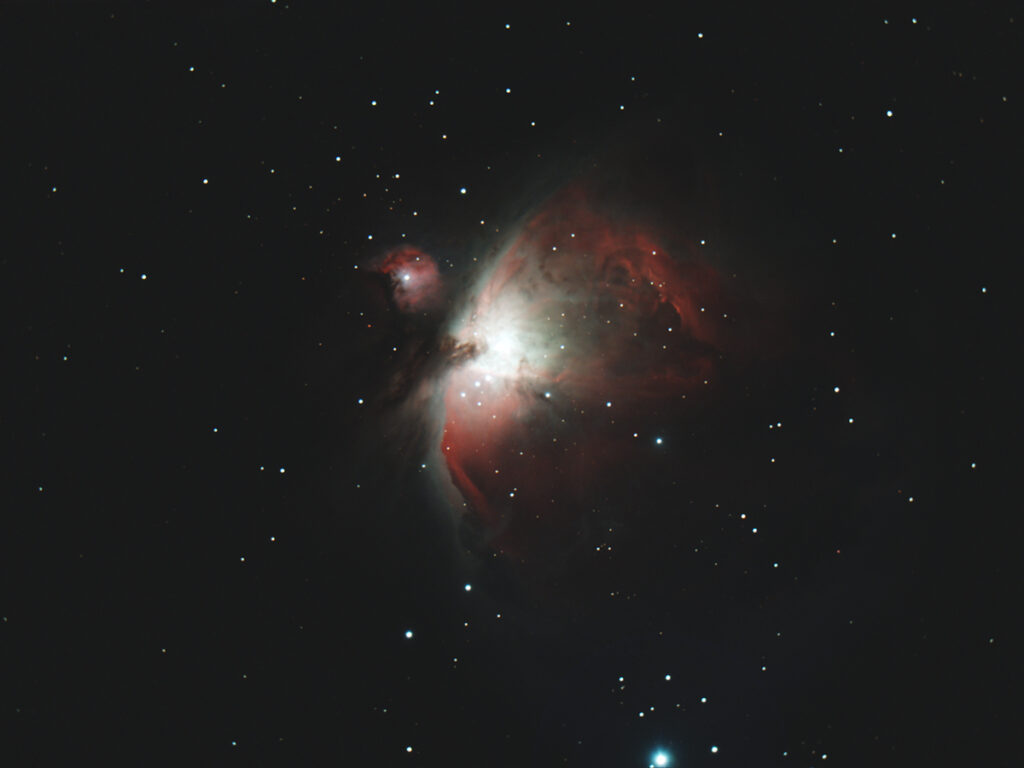
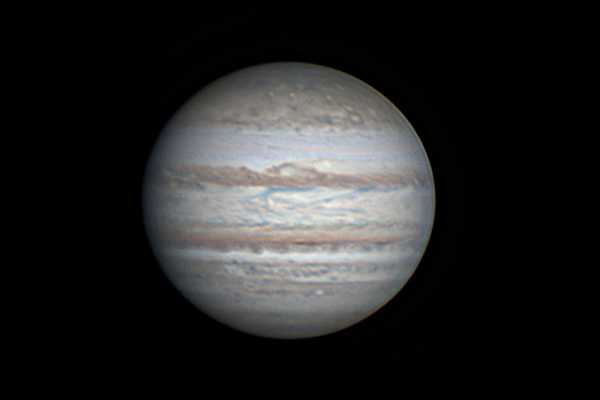
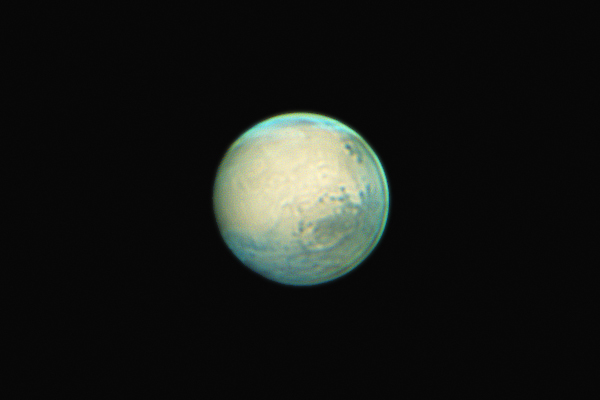
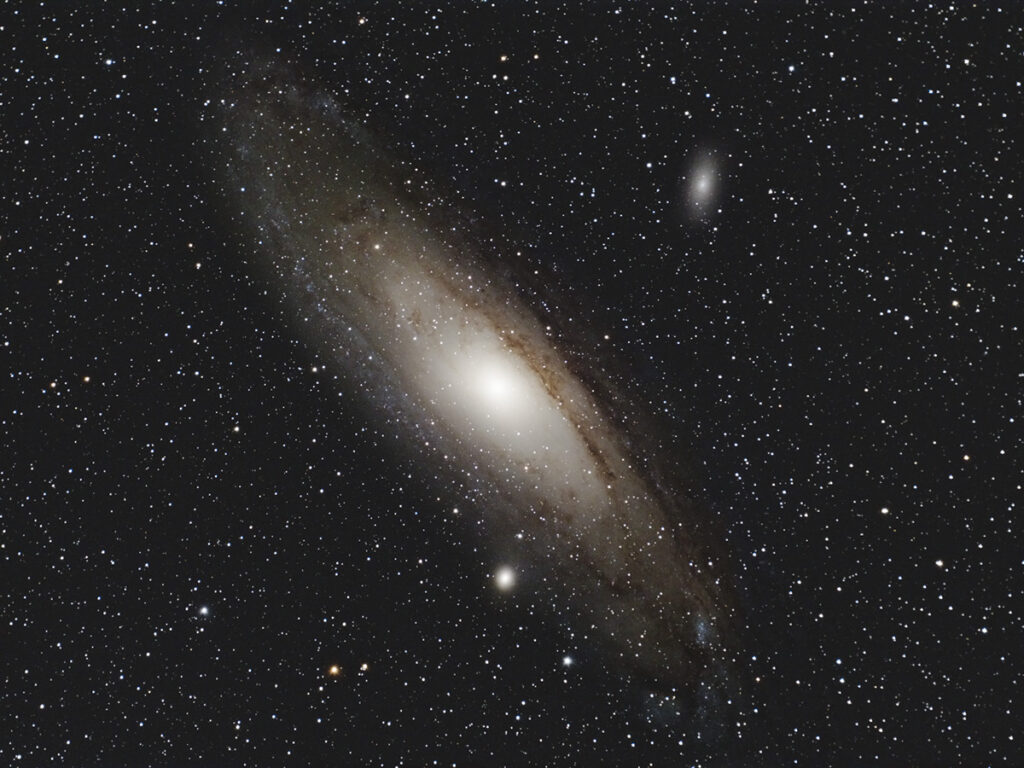
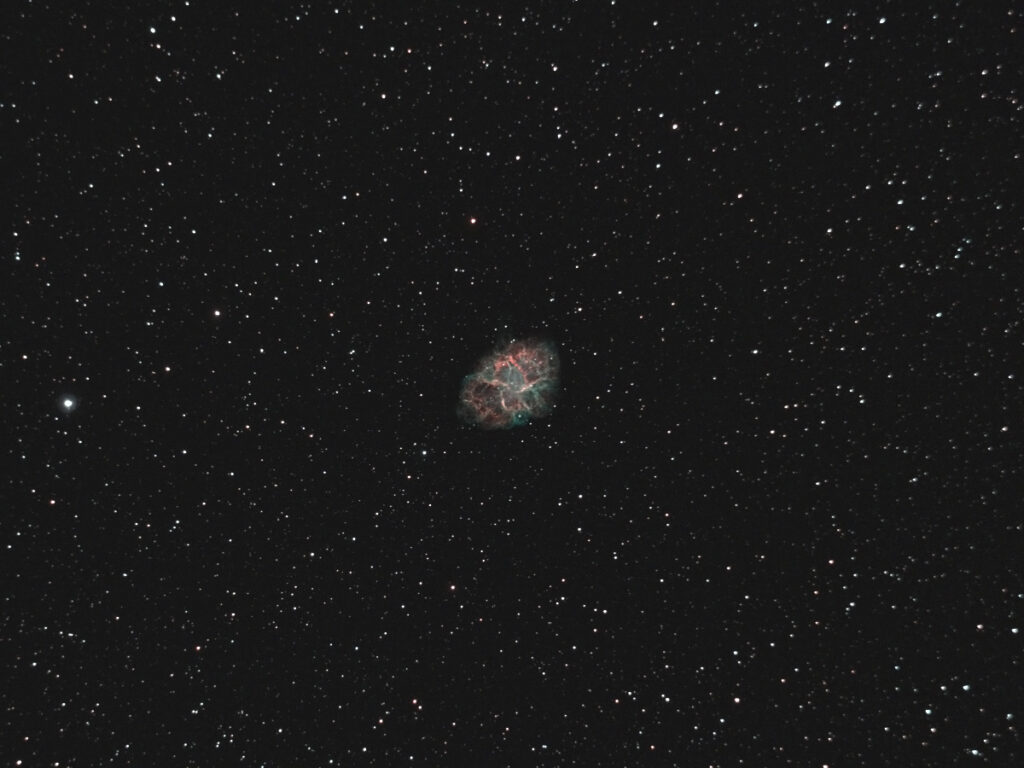
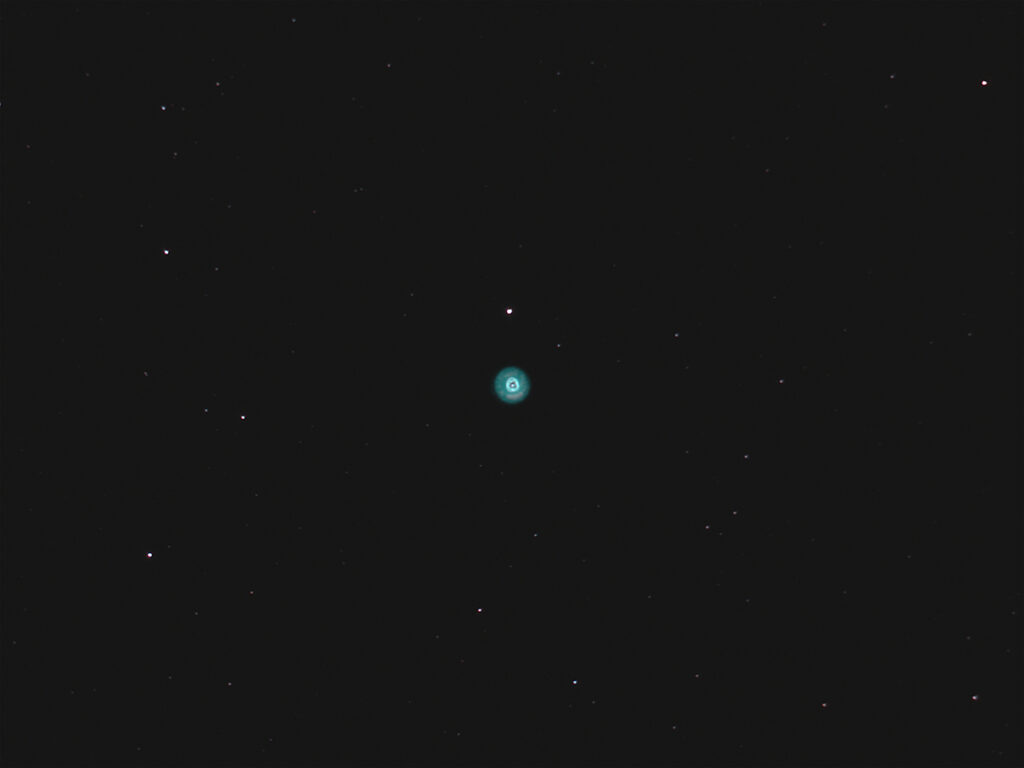
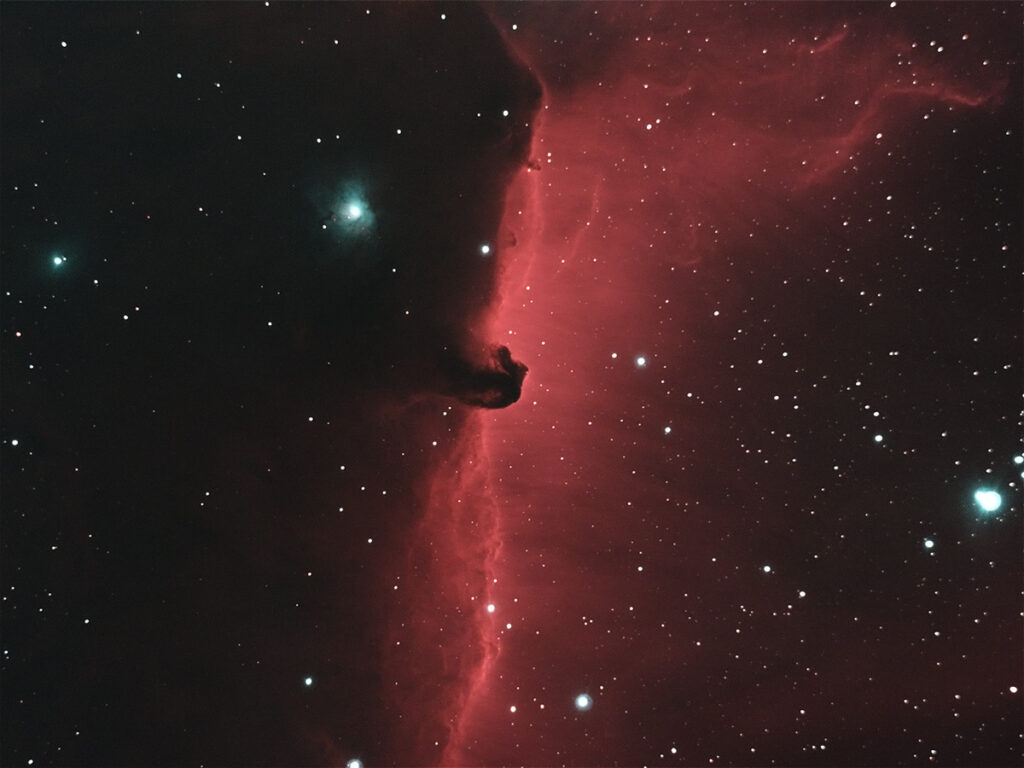
Recent Comments